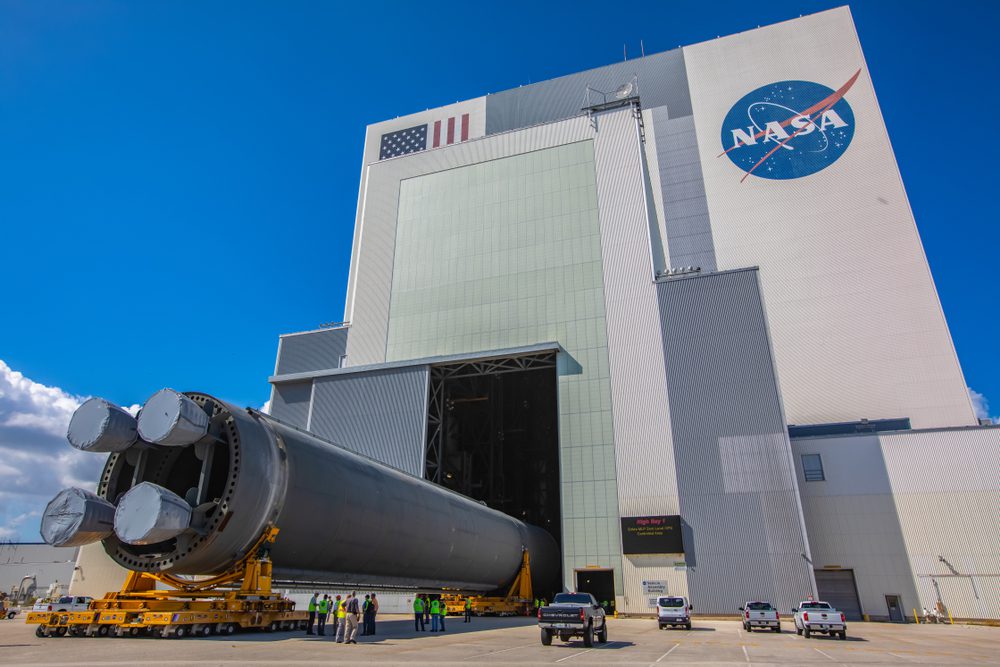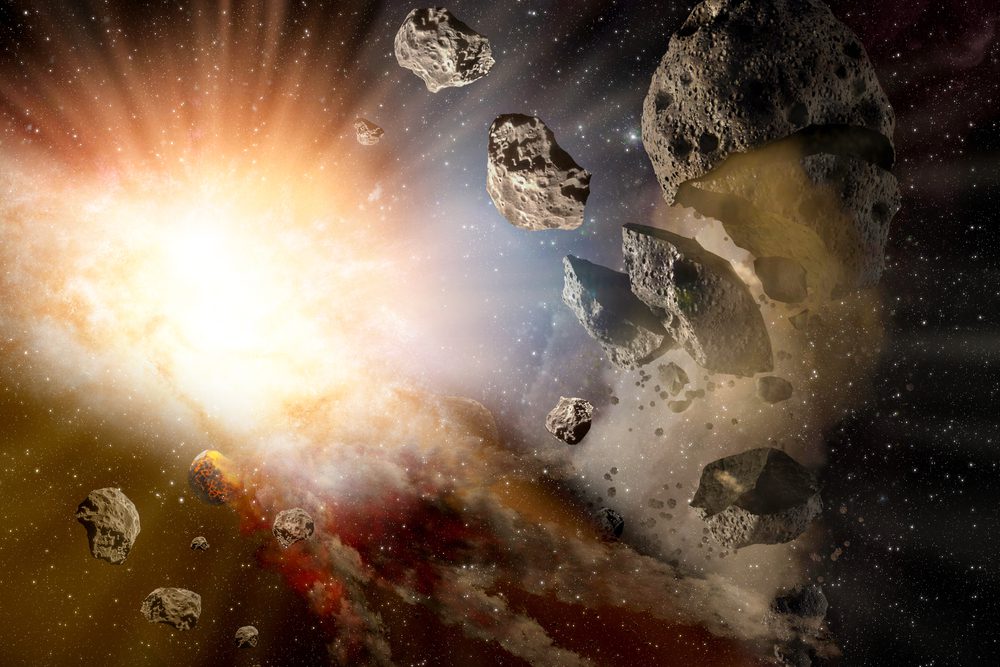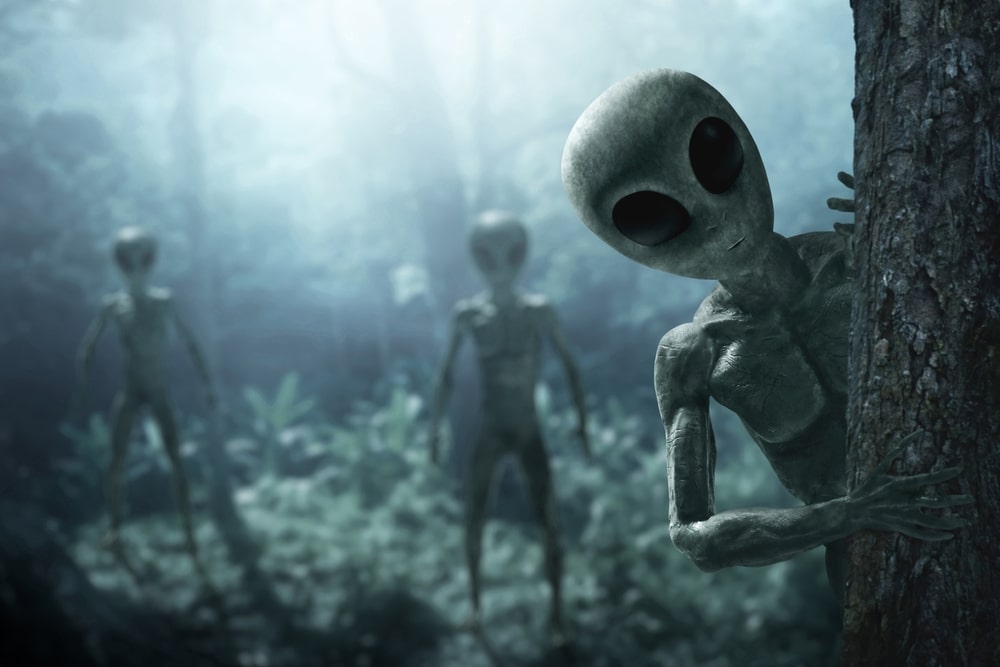Science in The World presents you: weird exoplanets NASA discovered
If you surf the Internet a lot, you probably know about all those crazy theories about going on a trip to the Moon or leaving Earth behind and moving to Mars.
We think about living on a different planet, especially if something terrible were to happen to Earth and humankind would be forced to move, but have you ever considered moving to an exoplanet? Well, in today’s article, we’ll talk more about it, because it’s time to say a couple of words about the weirdest exoplanets NASA has discovered.
Before we go further, we have to set the record straight and explain what this scientific word actually means. You know that all the planets in the solar system orbit around the sun. Exoplanets are a bit more special, and they prefer to orbit around other stars.
It might be hard to believe, but according to research, NASA discovers new exoplanets regularly. What’s more, some scientists believe that a couple of them could actually host life.
But before we get too excited about visiting another planet, we should all take a step back and do our research. You can begin your research journey with this article because it’s time to talk about all the weird and not-that-friendly exoplanets NASA has discovered.

1. TOI 849 b
If you’re one of those people who don’t like getting old, you should never visit TOI 849 b, although it’s one of the weirdest and most interesting exoplanets NASA discovered.
This little guy orbits so closely to its star that it takes no less than 18 hours for a year to pass. Can you believe that? However, you won’t have the chance to celebrate your 150th birthday there because there’s no atmosphere but a terrible temperature of 2,786°F, which would not only melt the cake but also you and your guests.
TOI 849 b is one of the youngest exoplanets NASA has discovered. The Transiting Exoplanet Survey Satellite (TESS) discovered it in 2020, and while it might be a young toddler, I’m pretty sure that in this exoplanet’s years, she’s actually old.
2. HD 189773b
Do you remember that at the beginning of this article, I told you that there are researchers who believe that part of these exoplanets could host life? Well, HD 189773b is surely not on this list and is actually one of the deadliest exoplanets NASA has discovered.
You can call it “The Nightmare” if you want because the wind blows at 5,405 mph and when it rains, it is nothing like Terra, with gorgeous raindrops that fall down but only glass rain. So, if you want to be cut when the weather’s unstable, visit this one, which is only 64 lightyears away from us.
The temperature on HD 189773b is pretty extreme too: 2,372°F, so I bet it is boiling hot there. Definitely not for me, and not for anyone, really.
3. K2-18b
We continue with this list of weird exoplanets NASA discovered with K2-18b. This one has twice the radius of Earth and eight times the mass of our planet.
In 2019, scientists announced that they had discovered water in this rocky exoplanet’s atmosphere. What’s interesting is that K2-18b orbits in an area of a star that is actually habitable. There are particular areas on this exoplanet where liquid water might pool on the surface.
Don’t get too excited, because it seems that this exoplanet does not want to interact with humans. K2-18b is similar to Neptune in that it contains a thick hydrogen atmosphere, a rocky iron core, and a watery layer. But hey, let us not forget about the weather. It’s nothing we could face, so I guess we’ll be trapped on Earth for now.

4. 55 Cancri
55 Cancri is another exoplanet NASA discovered some years ago, and what’s interesting about this is that it chose a star that is a bit similar to the sun. When scientists saw that it had huge pressure and 4,892°F, they thought that 55 Cancri was filled with carbon and its interior was made of diamond.
What a rich exoplanet, don’t you think? Well, not the case, because after scientists ran a couple of extra tests, they discovered that 55 Cancri doesn’t have that much carbon, so there is no diamond for this exoplanet.
5. OT44
OT44 is another exoplanet NASA discovered and is around 55 lightyears away from us, located in a constellation called Chamaeleon. This exoplanet likes to be alone, and it doesn’t care that its galaxy friends orbit around the sun or other stars. OT44 prefers to wander around in the universe because it doesn’t like to settle.
Well, what can we say? This exoplanet is surely a giant lone wolf, considering that it is 11 times more massive than Jupiter, and that’s pretty thrilling.
6. TrES-2b
TrES-2b is the darkest exoplanet NASA has discovered and is as black as night. There were many exoplanets NASA discovered between 2010 and 2020, and this dark one was spotted by NASA’s Kepler Space Telescope in 2011.
What’s interesting about it is that it only reflects less than 1% of any light that hits it, so imagine that if someone were to go visit it, it would be like they’d have their eyes closed all the time.
This dark exoplanet orbits roughly 750 lightyears away in the direction of the constellation Draco, and scientists say it is the darkest moon or exoplanet that was ever discovered.
There are scientists who say that TrES-2b is even darker than the blackest lump of coal if that’s even possible. So, no light, no people!

7. WASP-12b
We continue our short journey of exoplanets NASA has discovered throughout the years, and we’ll make a quick stop at WASP-12b because it’s pretty interesting. This one is fiercely spiraling inward towards a disaster at the hands of its yellow dwarf host star.
Experts discovered that WASP-12b is located 600 lightyears away in the Auriga constellation, and the gravity of its star is destroying it more and more every single day. Strong stellar radiation caused this exoplanet to be so swollen up that it started to fall apart.
If you want to know more about these interesting exoplanets NASA discovered, you should check out this book, because you’ll love it and it’s science-based!
8. KELT-9b
I don’t know what you think, but to me, all the names of these exoplanets NASA discovered seem pretty weird at first, and KELT-9b is part of them too. This exoplanet is similar to Jupiter, meaning that it is extremely hot, and the temperature is so extreme that it is even hotter than many stars.
What’s interesting about these exoplanets NASA has discovered throughout the years is that each one of them is unique in its own way. For instance, KELT-9b orbits so close to its sun that it has a temperature of 7772°F, which is way higher than many other exoplanets NASA has discovered.
Scientists discovered that KELT-9b is so hot that it has titanium and atomic iron in its atmosphere. Years and centuries go by extremely quickly on its surface; a year lasts less than a day and a half, so imagine what that would be like on Earth. Terrible.
KELT-9b is surely a fireball, don’t you think?
What do you think about these exoplanets NASA discovered? I believe it’s incredibly interesting to know that there are several dwarf planets and exoplanets that are part of our universe, even if they’re lightyears away from us.
If you want to read something else from Science in The World, I recommend checking out this article: 8 Weird Phenomena You Can Only See in Desert















One Response
It’s a very interesting article report.